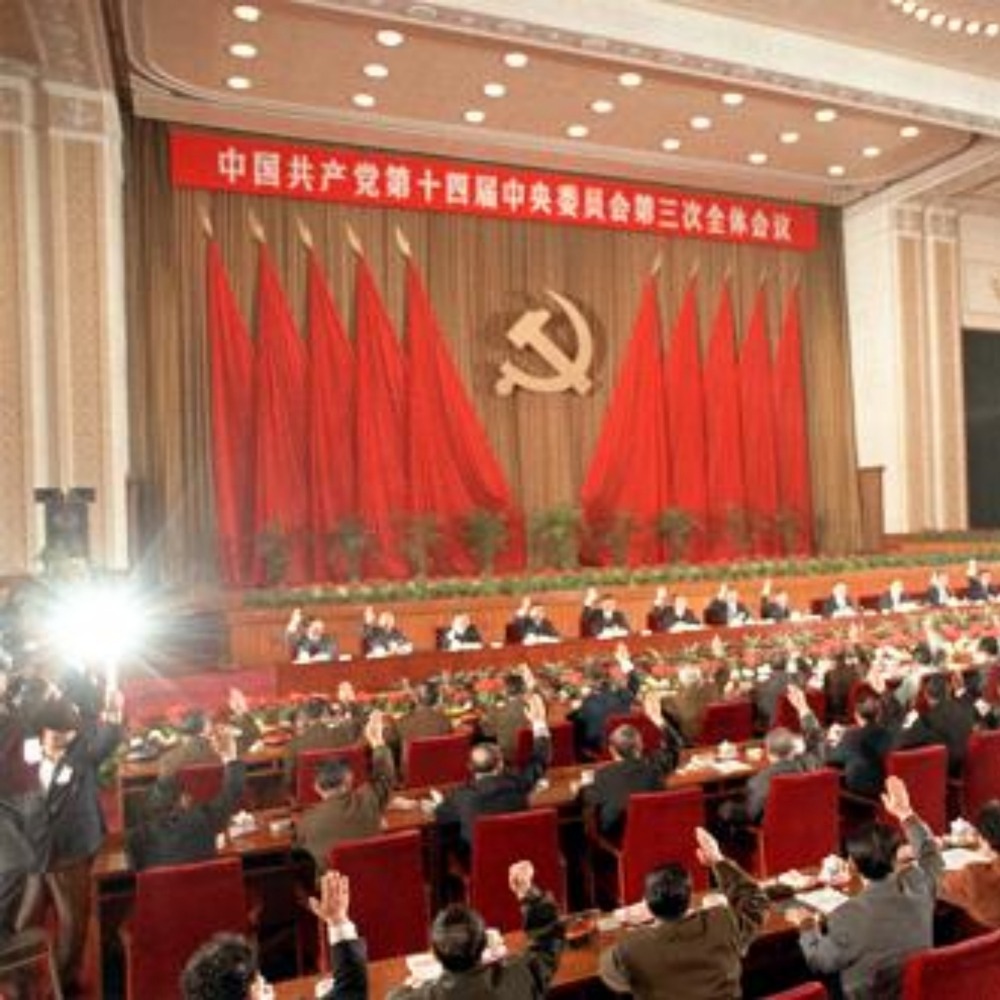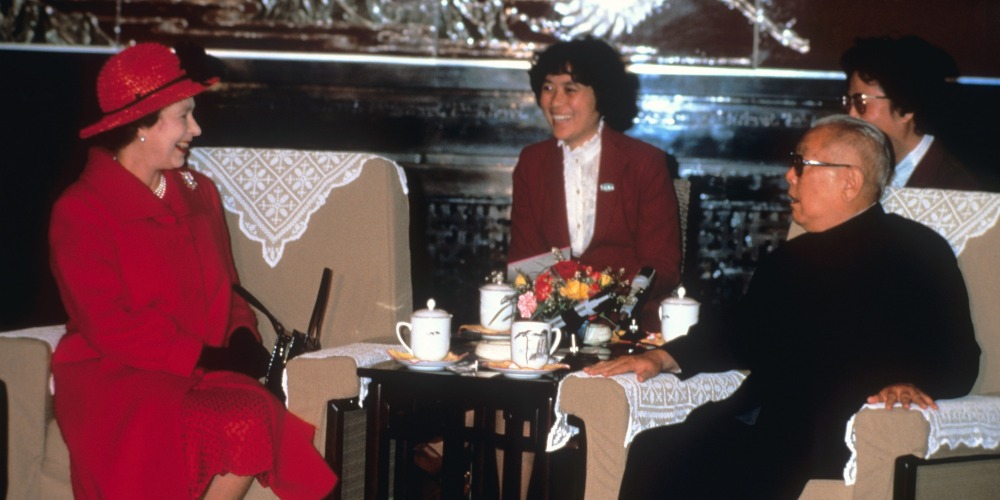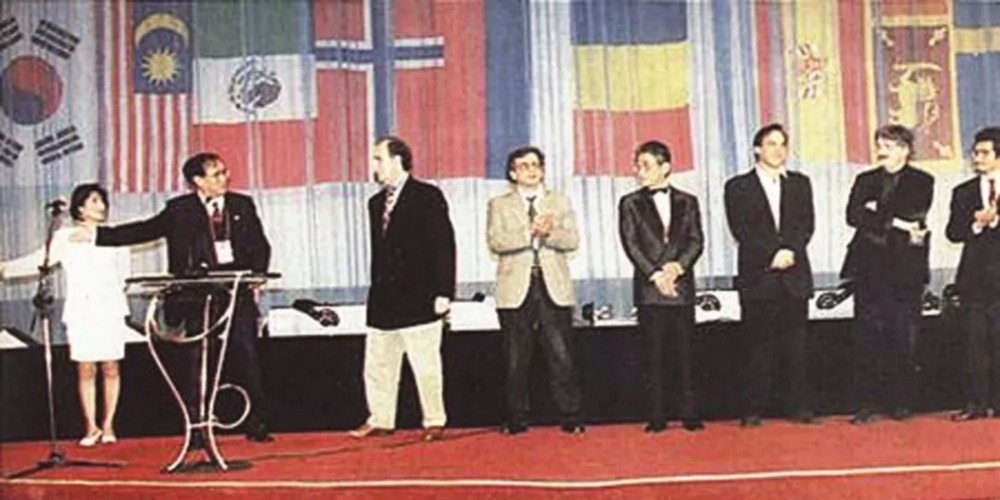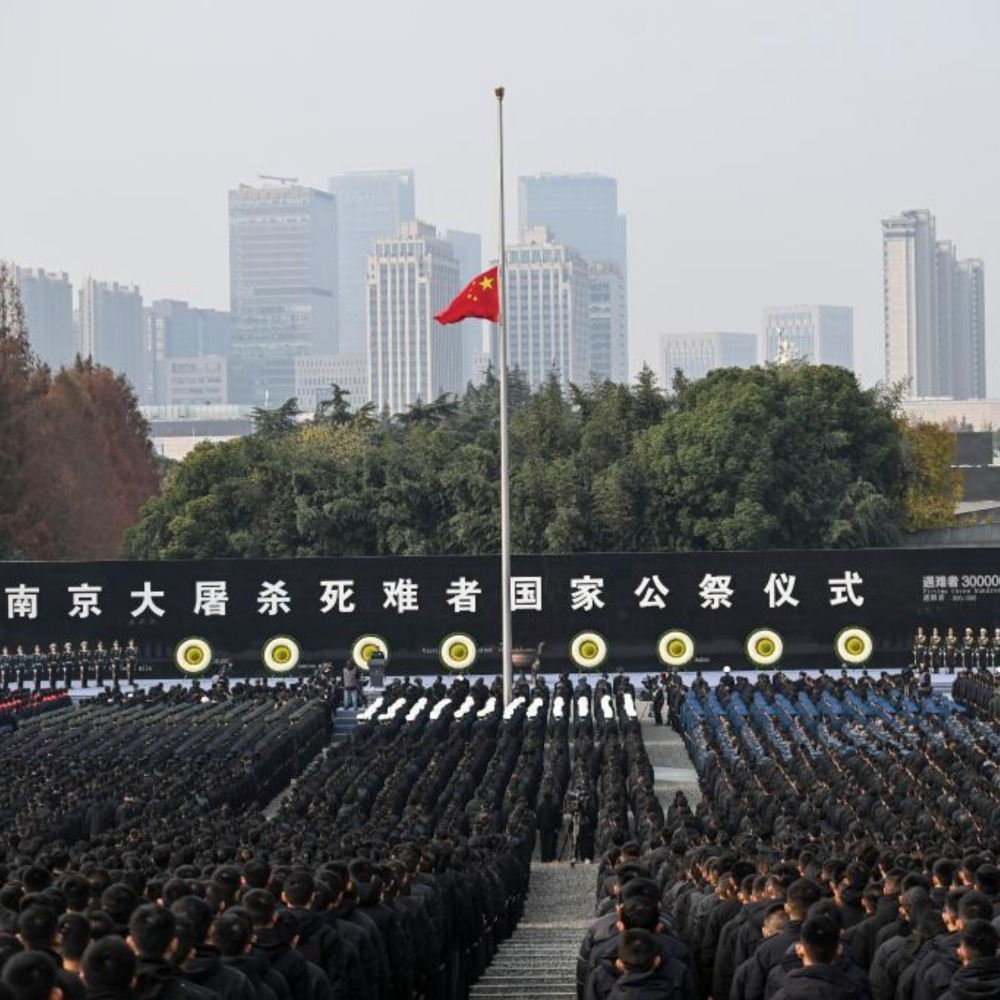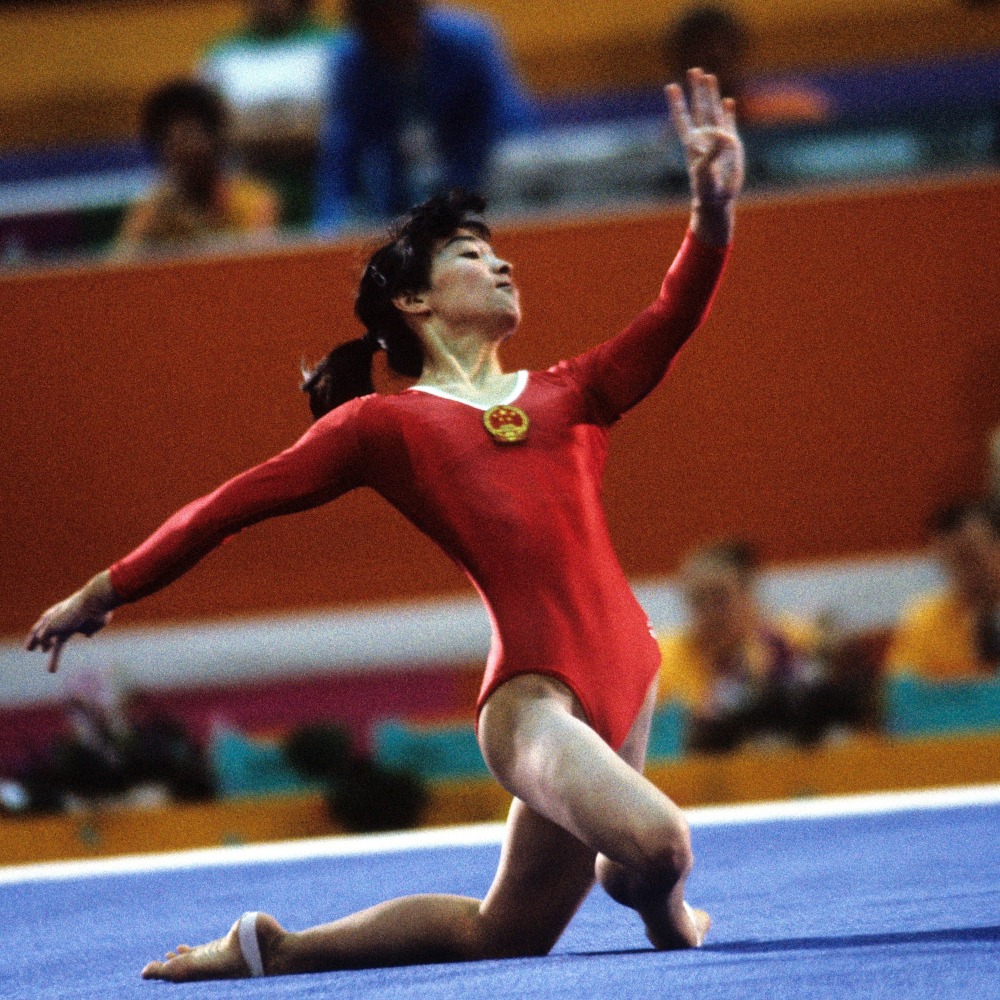Published : 2024-10-11
On October 11, 1992, the first international auction in New China was held in Beijing.
The "92 Beijing International Auction" was China's first genuine antique and art auction. Although the total turnover was only 2.351 million US dollars, far inferior to the expected 5 million US dollars, it marked the beginning of China's auction industry and set several firsts in China's auction history.
Besides being the first international auction in China, it was also the first time that cultural relics were specially permitted to be auctioned in China and the first time foreign items were allowed to be auctioned in China.
Among the total 2,020 sets (pieces) of auction items, the most eye-catching one was a bronze liquor cup from the Western Zhou period between 11th Century BC and 771 BC.
According to statistics, there were as many as 232 specially permitted cultural relics at the auction.
According to the law, such relics cannot participate in private transactions, but in order to enrich the variety of auction items, the State Administration of Cultural Heritage carefully considered and strictly examined and agreed to provide items from state-owned relic stores.
The Western Zhou bronze cup was estimated at 11,000 to 13,000 US dollars, and the auction price started from 5,000 US dollars. After several rounds of bidding, a businessman won it at 28,000 US dollars.
Another auction item that attracted attention was a tapestry named ''Chairman Mao en route to Anyuan'' (毛主席去安源).
In those days, such artworks featuring leaders were never in circulation, hence, the question was raised, "How can Chairman Mao be auctioned off?"
At the same time, some people felt that as China was promoting the Reform and Opening-up, it should keep up with the times.
The tapestry had a starting price of 20,000 US dollars and was sold for 63,000 US dollars after bidding. The winning bidder was said to be a relative of the then emperor of Japan.


